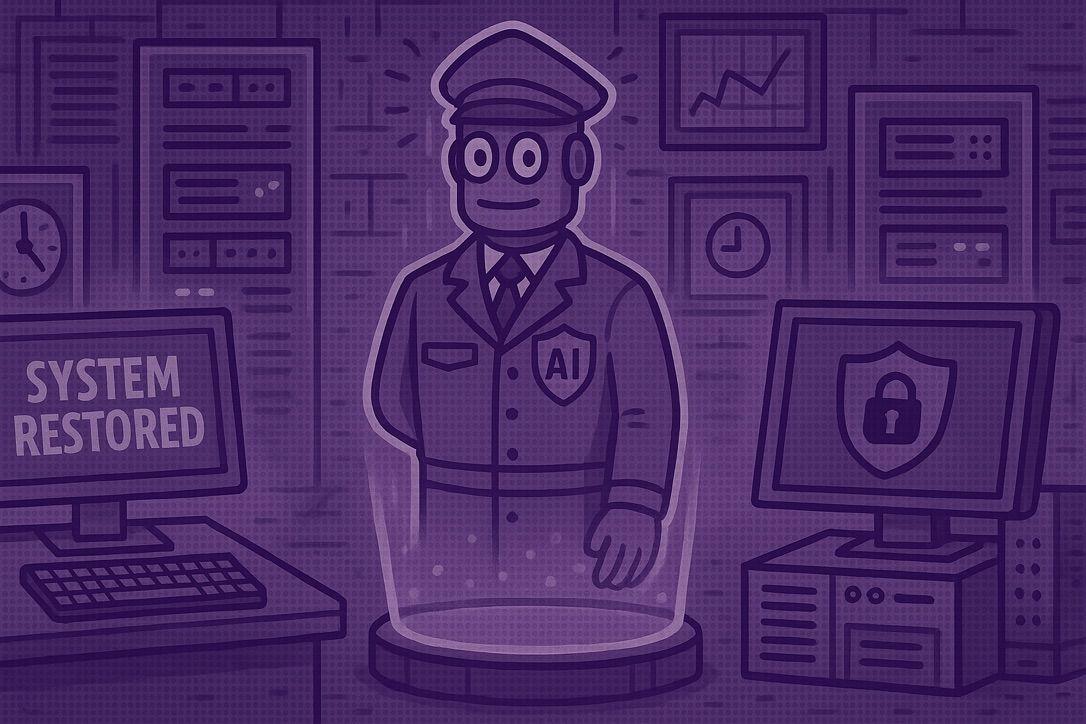- ai
- nlp
Decoding Human Language: The Power of NLP in AI
Feb 8, 2024
-
Damian Szewczyk
-
5 minutes

Natural Language Processing (NLP) is a critical component in the field of Artificial Intelligence (AI), enabling machines to understand, interpret, and respond to human language in a meaningful way. This technology bridges the gap between human communication and digital data, allowing for more natural interactions between humans and machines. NLP algorithms analyze and understand both written and spoken language, transforming it into data that AI systems can work with. Essential applications of NLP in AI include sentiment analysis, language translation, and chatbots. These applications not only enhance user experience but also provide valuable insights from large volumes of text data, aiding in decision-making processes across various industries.
NLP is one of the greatest AI adoption example
Natural Language Processing (NLP) is an intricate field of Artificial Intelligence (AI) focused on enabling machines to interpret, understand, and interact with human language. At the core of NLP lies the synergy between linguistics and computer science, aiming to decode the complexities of language structure and usage. The process begins with preprocessing of text or speech data, which includes breaking down the language into smaller components, such as words, sentences, and punctuation, often referred to as tokens. This tokenization is a critical step for analyzing the linguistic structure and semantics of the language.
Subsequent to preprocessing, these tokens are processed through sophisticated machine learning algorithms. These algorithms are trained to recognize patterns and relationships within the language data, allowing them to extract meaning, context, and intent from the text or speech. This analysis enables a range of applications, from sentiment analysis and machine translation to more complex tasks like image classification and computer vision.
Incorporating devopsbay's expertise, the application of NLP in software development, especially in Python, Java/Scala, and NodeJS environments, can significantly enhance the efficiency of developing AI-driven applications. devopsbay, with its focus on container environments and Kubernetes applications, can leverage NLP to automate and streamline operations, fostering a more intuitive interaction between the software and its users. This integration of NLP within devopsbay's devops as a service offers an innovative approach to handling complex language data, ensuring more accurate and effective software solution
Natural Language Processing (NLP) is intricately connected to machine learning, forming a symbiotic relationship where each enhances the capabilities of the other. Machine learning, a subset of artificial intelligence, involves teaching computers to learn from and make decisions based on data. In the context of NLP, machine learning algorithms are trained on large datasets of language data, enabling them to recognize patterns, nuances, and structures of human language. Through this training, these algorithms can perform tasks like language translation, sentiment analysis, and speech recognition with increasing accuracy. NLP relies on machine learning to evolve from basic syntax parsing to understanding context, emotion, and even cultural nuances in text and speech. This connection allows for more sophisticated and intuitive AI systems that can interact naturally with humans, making machine learning an indispensable tool in the advancement of NLP technologies.
The journey of natural language processing (NLP) in understanding human language is fraught with challenges, primarily due to the intrinsic complexity and dynamism of language itself. Machine learning algorithms, integral to NLP, face the daunting task of interpreting fluid, inconsistent human language. One of the primary challenges of natural language processing is the complexity of data, encompassing aspects like sparsity, variety, and dimensionality. Development time is another significant hurdle, as machine learning-trained NLP tools require extensive data processing, demanding powerful computing resources and substantial time for development.
Phrasing ambiguities in language present a complex challenge, requiring NLP systems to seek context or clarification for vague statements. Misspellings represent a challenge uniquely difficult for machines, as opposed to humans who can easily infer correct spellings. Language differences add another layer of complexity, demanding support for diverse linguistic structures and cultural norms. The quality and nature of training data are crucial; inaccurate or biased data can lead to inefficiencies or skewed learning in NLP tools. Innate biases in data sets or programmer prejudices can perpetuate social biases, affecting the NLP's impartiality.
Another challenge is words with multiple meanings, requiring NLP tools to discern context accurately. Similarly, phrases with multiple intentions necessitate a nuanced understanding from NLP systems. Dealing with uncertainty and false positives is vital for accurate language processing, where the system must identify its limits and seek clarification. Lastly, keeping a conversation moving in human-machine interactions demands an NLP system that can ask relevant questions and guide towards a solution

devopsbay CEO, Michał Kułaczkowski, discusses OpenAI's innovative model, Strawberry (O1), which introduces inference-time scaling. The model separates reasoning from knowledge, using external tools instead of relying on large, pre-trained models. Shifting

Explore how the recent SEC Twitter hack exposed vulnerabilities in digital security, triggering market volatility in cryptocurrency trading. Uncover the pivotal role of AI and NLP in combating misinformation and enhancing investor protection

Did you know you can reduce business downtime with AI? See how tools from smart monitoring to predictive maintenance keep your business online.